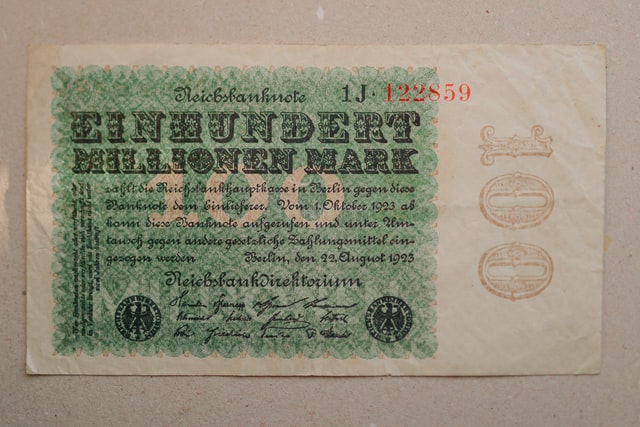Recommended Levels of Tire Pressure for Vehicles
The vehicles’ tires may lose as much as 10 per cent of their pressure when the temperature is below the freezing point. This is due to the air condensing in tires due to a drop in temperature.
The suggested maximum low tire pressure in cold weather for all passenger vehicles or light trucks is 30 to 35 PSI; however, as you’ll see in the following paragraphs, it is not always the case. Some cars, such as sports cars, are equipped with more PSI within the tire than you think.
Each vehicle is bound by the guidelines and rules established in the manual by its manufacturer. This is the reason all vehicles have a suggested PSI that is located on the back of the vehicle, near the driver or within the manual.
It is recommended that you verify the suggested PSI in your automobile before making any modifications to the tires. In the winter setting should be added some PSI to accommodate the drop in temperature that can result in air condensing.
The winter season comes with its own set of difficulties in terms of the management of tire pressure. If you’re not sure of what the correct tire pressure for your vehicle should be during winter months, you can check our recommended tire pressure levels to use for winter driving.
| Vehicle | Recommend PSI | Winter PSI |
|---|---|---|
| Ford Explorer | 32-35 PSI | 37-40 PSI |
| Honda Civic | 30-33 PSI | 33-36 PSI |
| Nissan Sentra | 33 PSI | 35 PSI |
| Toyota Camry | 30 PSI | 33 PSI |
| Acura MDX | 35 PSI | 38 PSI |
| Audi A4 | 34 PSI | 36-37 PSI |
| Chevrolet Blazer | 35-36 PSI | 38-39 PSI |
| GMC Canyon | 35-36 PSI | 38-39 PSI |
| Jeep Cherokee | 36-37 PSI | 40 PSI |
| Lexus IS350 | 35 PSI | 37-38 PSI |





